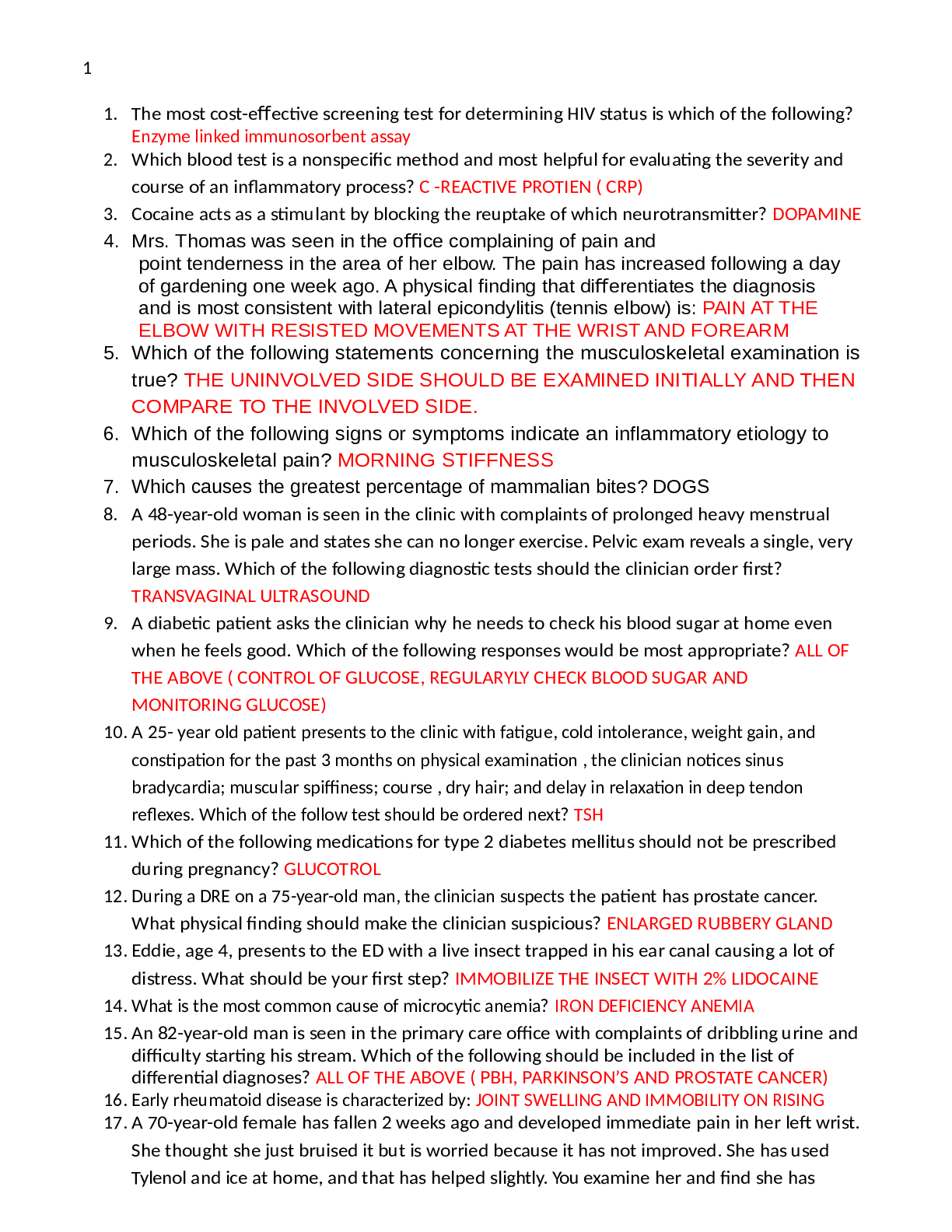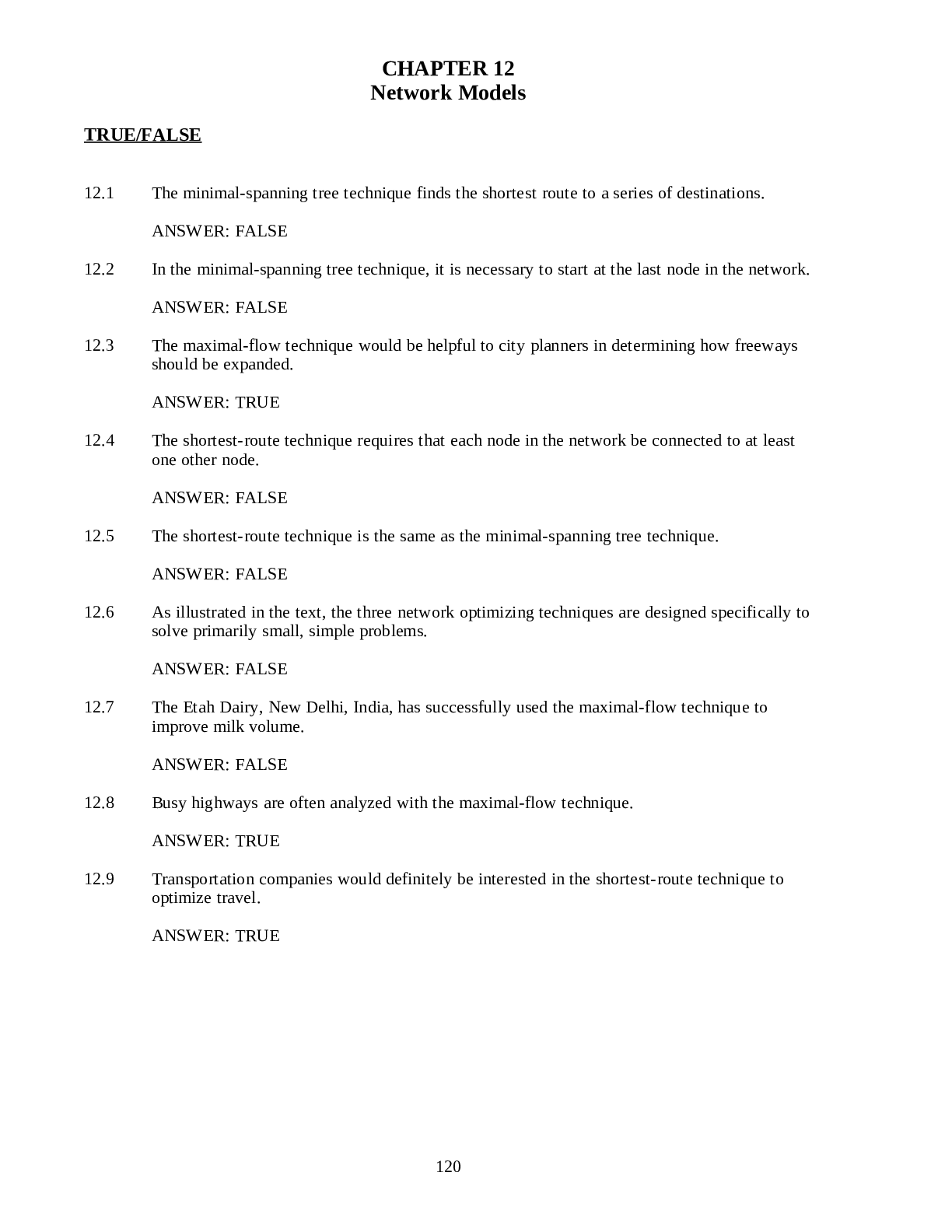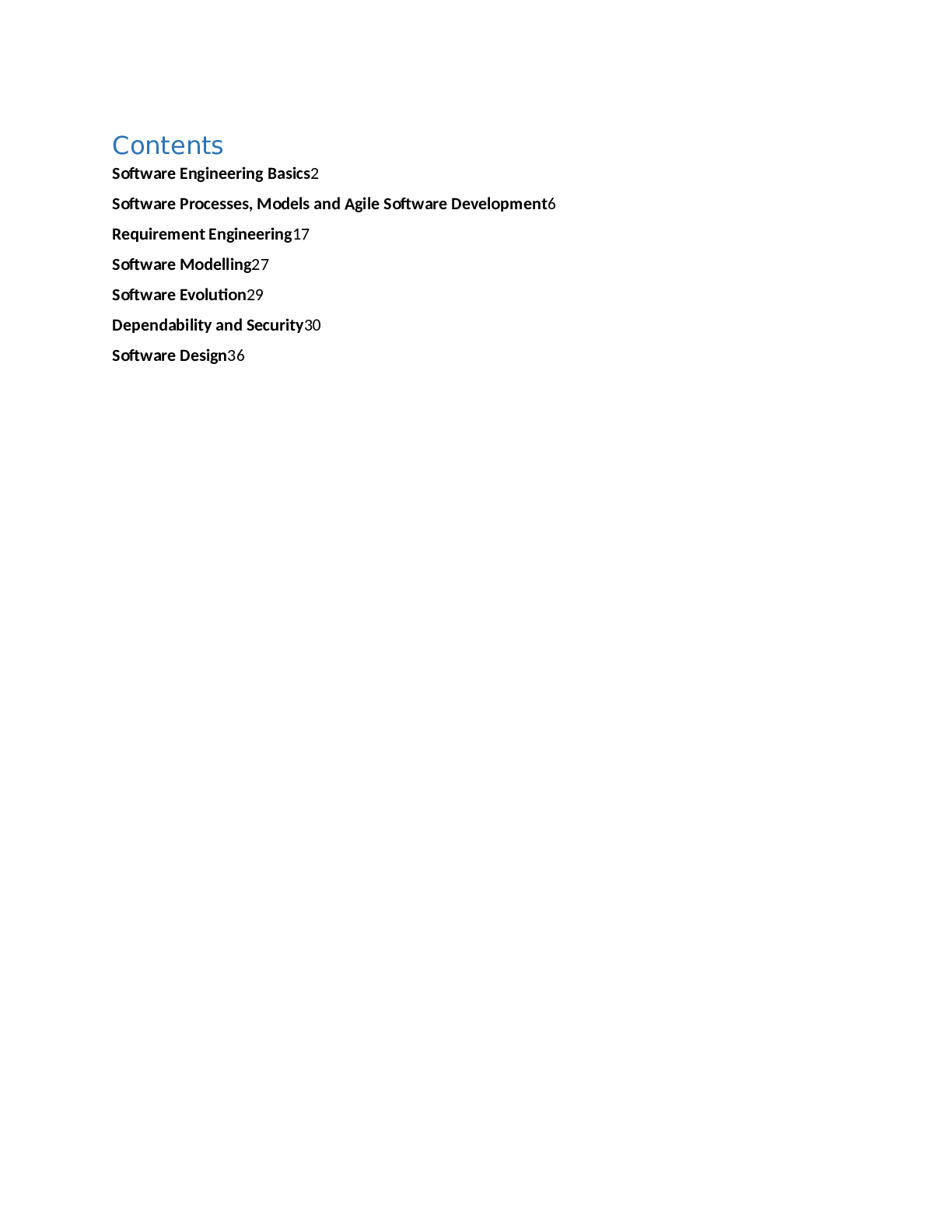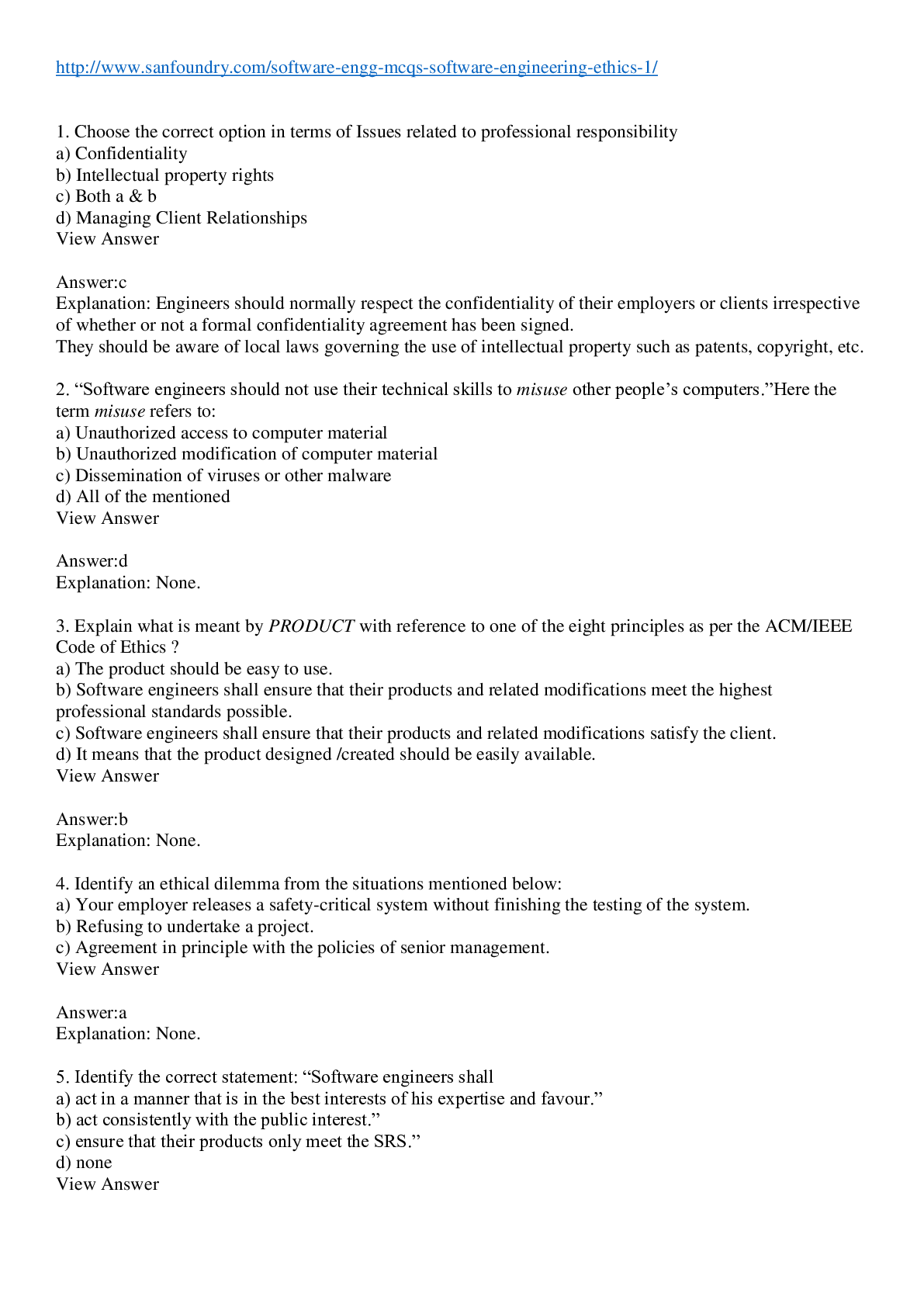Computer Networking > QUESTIONS & ANSWERS > Operating system questions with their answers (Memory management, Virtual memory, Processes synchron (All)
Operating system questions with their answers (Memory management, Virtual memory, Processes synchronization) Part two
Document Content and Description Below
Operating system questions with their answers (Memory management, Virtual memory, Processes synchronization) Part two Q1: Why does the computer must keep several processes in main memory? Q2: What ... are the differences between? a) Logical and physical address? b) Page table and segment table? c) First-fit placement and best-fit placement? d) Contiguous and non – contiguous storage allocation e) Multiple contiguous fixed partitions (MFT) and multiple contiguous variable partitions (MVT). f) Segmentation and paging storage? Q3: State and explain Storage management strategies? Q4: Suppose that we have free segments with sizes: 6, 17, 25, 14, and 19. Place a program with size 13kB in the free segment using first-fit, best-fit and worst fit? Q5: What are the advantages of? a) Overlays allocation storage. b) Compaction. c) Page table. d) Segment table. Q6: Consider a user program of logical address of size 6 pages and page size is 4 bytes. The physical address contains 300 frames. The user program consists of 22 instructions a, b, c, . . . u, v . Each instruction takes 1 byte. Assume at that time the free frames are 7, 26, 52, 20, 55, 6, 18, 21, 70, and 90. Find the following? (10 degrees) A) Draw the logical and physical maps and page tables? B) Allocate each page in the corresponding frame? C) Find the physical addresses for the instructions m, d, v, r? D) Calculate the fragmentation if exist? Q7: Consider a program consists of five segments: S0 = 600, S1 = 14 KB, S2= 100 KB, S3 =580 KB, and S4 = 96 KB. Assume at that time, the available free space partitions of memory are 1200–1805, 50 – 160, 220-234, and 2500-3180. Find the following: 1. Draw logical to physical maps and segment table? 2. Allocate space for each segment in memory? 3. Calculate the external fragmentation and the internal fragmentation? 4. What are the addresses in physical memory for the following logical addresses: 0.580, (b) 1.17 (c) 2.66 (d) 3.82 (e) 4.20? Q8: Define the virtual memory? What are its advantages? Q9: What is the demand paging? Q10: What are the advantages of using pager (i.e. demand paging)? Q11: What are the differences between pager and swapper? The system uses valid-invalid bit is used. This bit is set to "valid" when the page in memory, while it set to "invalid" when the page either not valid or is the page is valid but is on the disk, as in the following figure. The system uses valid-invalid bit is used. This bit is set to "valid" when the page in memory, while it set to "invalid" when the page either not valid or is the page is valid but is on the disk, as in the following figure. Q13: When will the page faults occur? What is the procedure for handling the page fault? Answer Q13 The page fault will occur w [Show More]
Last updated: 1 year ago
Preview 1 out of 17 pages

Reviews( 0 )
Document information
Connected school, study & course
About the document
Uploaded On
Aug 14, 2021
Number of pages
17
Written in
Additional information
This document has been written for:
Uploaded
Aug 14, 2021
Downloads
0
Views
42




.png)



.png)
.png)










.png)

.png)




.png)
.png)

.png)




.png)
.png)

